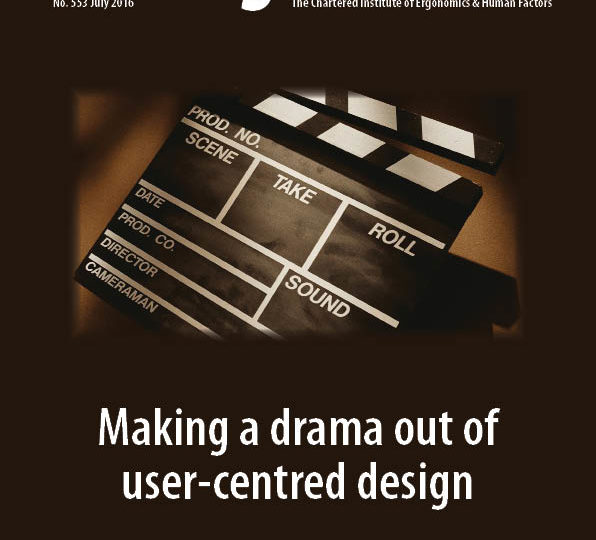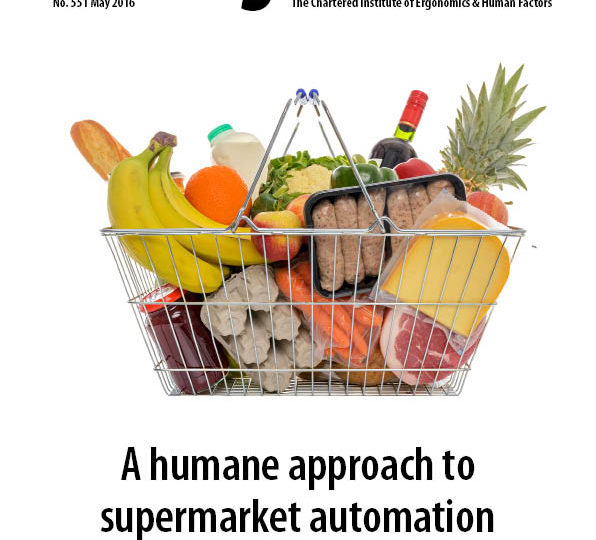
Plans and imagination are rarely enough to understand how a particular system or product will function in real life. Try as we might to bear everything in mind, something always gets forgotten and unexpected situations always arise. So human factors experts involve users in every aspect of their work – they test and retest, to understand how their ideas actually function in the real world.
But complex situations, where testing with users would be so difficult and time consuming as to be impossible, require a different approach. Dangerous situations, where testing would put people in harm’s way, also require imagination and innovation.
This month’s articles look at ways to test situations without manipulating or engaging with the real life environment.
Bob Stone describes how mixed reality, simulation and lifelike manikins allow the UK Armed Forces to hone their response to medical emergencies in war zones.
Joanne Kitchin discusses how agent-based computer modelling can give insight into how changes in the amount and type of information given to agents during a group task can affect the emergence and operation of distributed situational awareness. The modelling reveals changes in awareness that would be difficult to capture with real users.
And Chantal Trudel and colleagues explain how naturalistic observation can create a deeper understanding of how the complex world of the NICU operates to provide insight into the most effective ways of promoting hand hygiene and reducing infection risk.
The Ergonomist is the membership magazine of the Chartered Institute of Ergonomics and Human Factors. It is free to members and is available to buy on our app – search ‘ergonomist’ in the app store.
Frances Brown
This is Frances’ last issue as editor, and I’d like to thank her for the development of ideas into great content and for all the hard work she has put into each issue.
Tina Worthy




